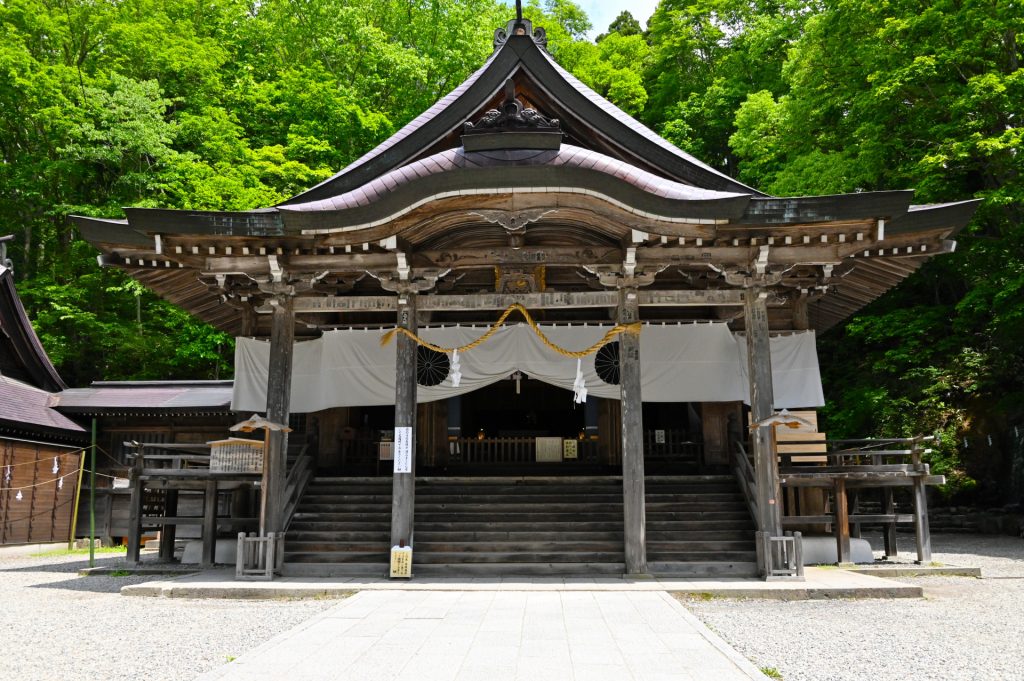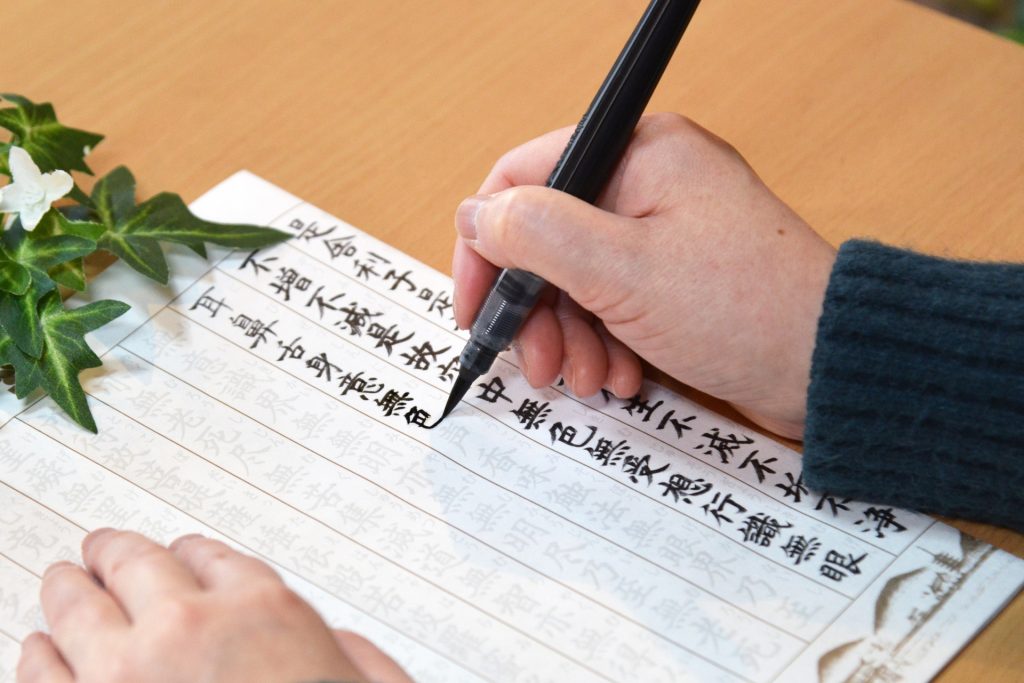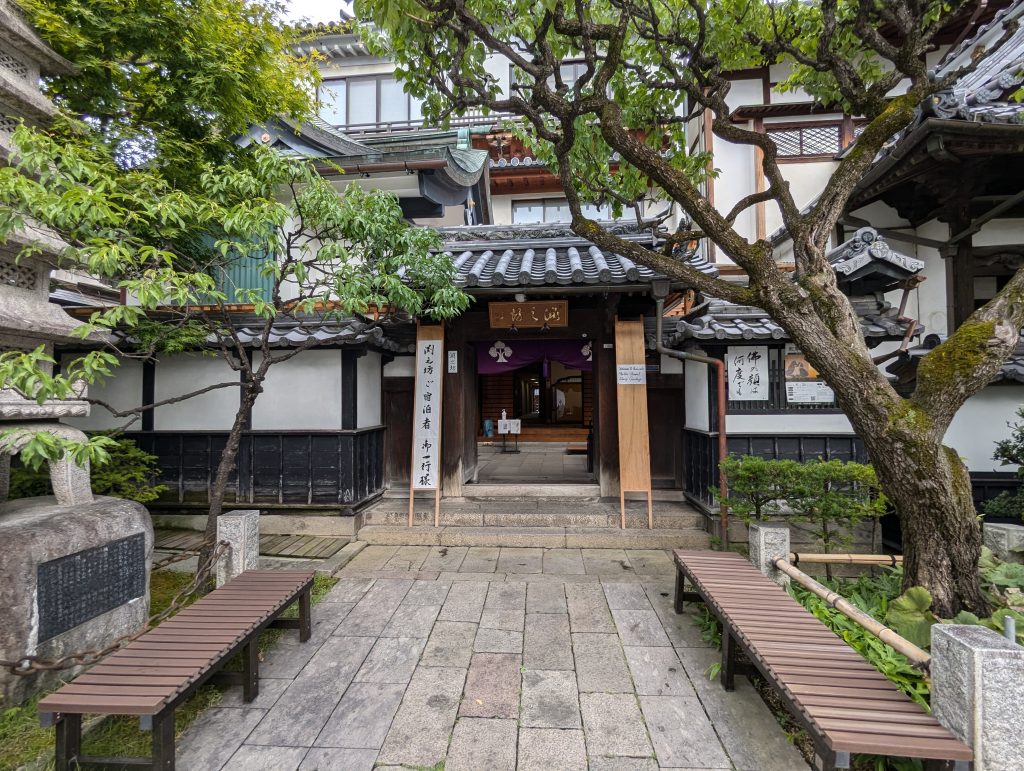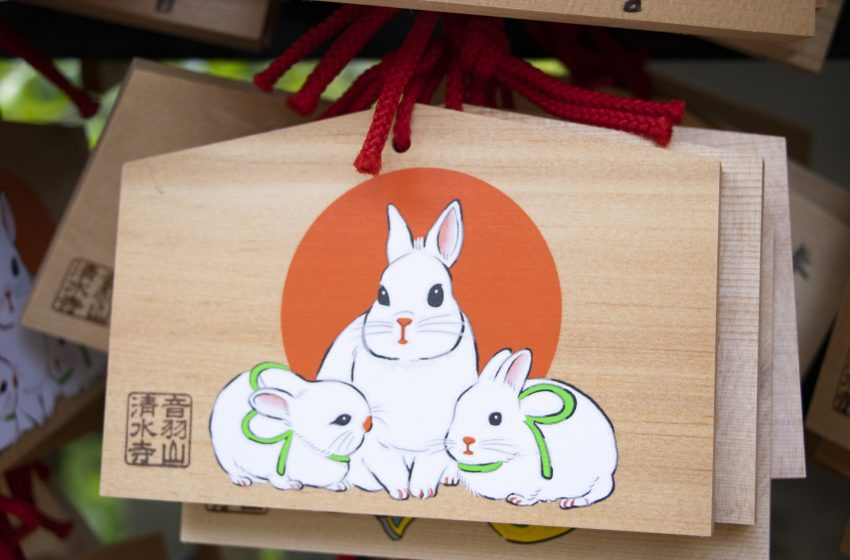
Ema: Painting Prayers on Wooden Wishes
Hello, dear wanderers of the world! As you thread the intricate tapestry of Japan’s cultural landscape, one recurring motif you’ll undoubtedly encounter is the Ema (絵馬) – simple wooden plaques bearing the dreams, hopes, and prayers of countless souls. Join us as we delve into the heart of this evocative tradition.
What is Ema?
Ema, translating to “picture horse,” are wooden plaques where worshippers write their prayers or wishes. Originally, they depicted images of horses and were offered to Shinto shrines, but over the centuries, their design and usage have evolved considerably.
The Origins of Ema
The connection between horses and shrines stems from ancient practices. Horses, considered sacred and pure messengers to the gods, were once offered directly to shrines. Over time, as donating real horses became impractical, these were symbolically represented on wooden plaques.
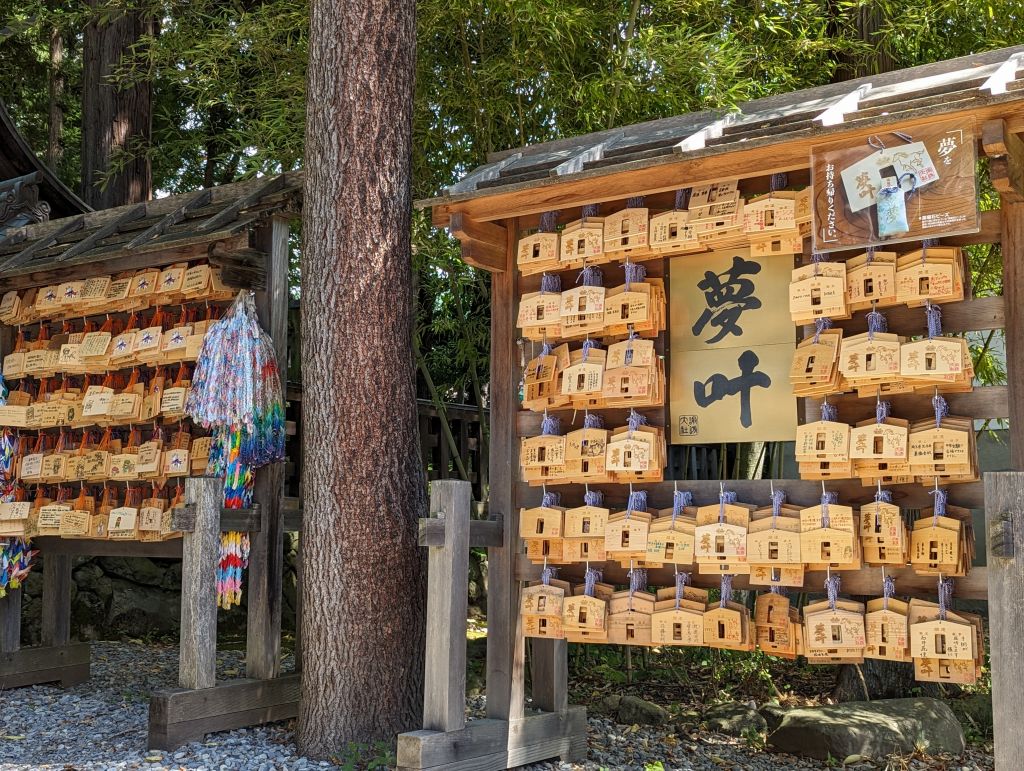
A Canvas of Dreams
Today, while many ema still bear horse images, it’s not unusual to find various other designs, each unique to a specific shrine or temple. Some depict zodiac animals, local folklore, or deities of the shrine.
Visitors write their personal messages, prayers, or wishes on the back. Common prayers include:
- Success in exams
- Health and wellbeing
- Love and relationships
- Safe travels
How to Offer Ema
- Purchase: Upon entering a shrine or temple, you’ll often find stalls selling ema. Prices usually start from 500 yen.
- Write: Using the provided pens or brushes, write down your wish or prayer.
- Hang: Once written, find the designated area – usually wooden racks or boards – and hang your ema among the others.
A Collective Mosaic
One of the most moving aspects of the ema tradition is the communal aspect. As you hang your ema, you’re not only sharing your own hopes but becoming part of a larger tapestry of human dreams and aspirations.
Ema as Souvenirs
While the primary purpose of ema is for offerings, many tourists find them captivating souvenirs. Their intricate designs, often unique to a particular shrine or temple, make them special mementos of your journey.
A Note of Respect
Remember, while ema is a beautiful aspect of Japanese culture open for all to partake in, they are religious items. Approach the tradition with the same respect and mindfulness you would any spiritual practice.
Conclusion
Ema, in its humble wooden form, is a poignant testament to Japan’s blend of history, spirituality, and community. As you explore the myriad shrines and temples, take a moment to pen down a wish, leaving a piece of your heart in the Land of the Rising Sun.
Here’s to wishes that soar and dreams that come alive! Safe travels and may your journey be as enriching as the tales you gather.

